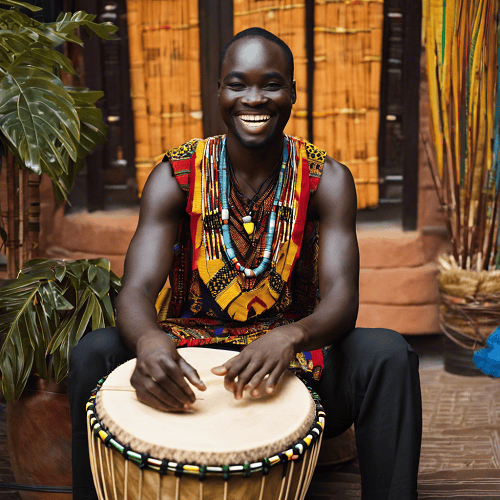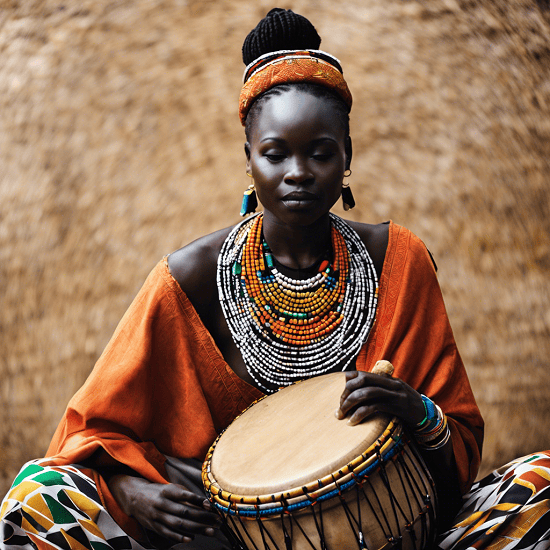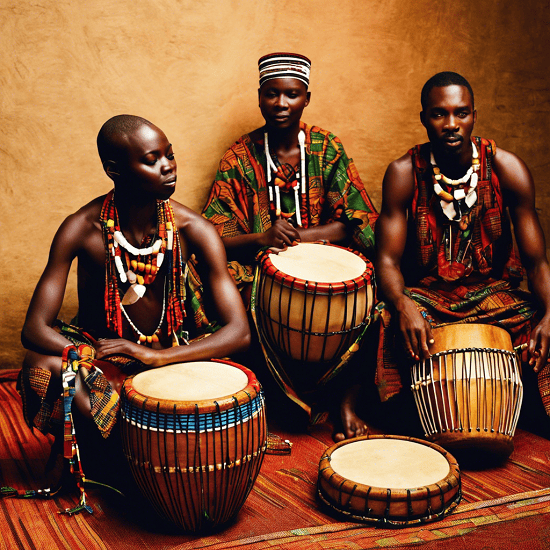 Do you remember that school? The bell used to school for leave. When will be the sound, and the teacher will know that his class is over? The school’s bell is a typical example of the use of musical instruments for telecommunications. This bell will send a signal, from which we would know the class is finished or vacation information.
Do you remember that school? The bell used to school for leave. When will be the sound, and the teacher will know that his class is over? The school’s bell is a typical example of the use of musical instruments for telecommunications. This bell will send a signal, from which we would know the class is finished or vacation information.
Horns, sirens, such as the word-symbols, there are many examples around us. These carry different information. However, these can only carry certain information. For example, when you hear the fire alarm, you realize that there is a fire. When you hear the car horns on the road, you have a car behind you. More information cannot carry signals. They do not mean what they talk about.
However, there is no need to talk about a bell at this age. We can easily use a loudspeaker to tell the whole area. Mobile phones can be used to tell certain people something. In the electronic communication era, it seems to be strange to talk about bell
But today our issues are not the present era. Think of that time, when there was no electronic communication system. There was no mobile phone, internet, radio, television or telegraph. If there was a talking bell then what would have been wonderful! The distance between the moments could reach you at a distance, your words, the distance of which can not reach the human voice.
In reality, such a great technology was at that time. But not in Europe-America or modern-day country it’s in underdeveloped Africa. African speakers could use drums to speak Any news from one village to another could send moments at the moment. Talking about Africa, the drums will be discussed in today’s text.
Long-communication needs are from the earliest times. But before the electronic communication came, they could not find a suitable medium for it. There were arrangements for the exchange of letters. The king-princes had special messengers, who traveled by a speeding horse, from one region to another. But none of this was enough. It was seen that the messenger’s ambassador had left the place of the Emperor to reach the news, but before that, the emperor appeared before him.
But there were some signals for some important issues. All these signals were communicated with the help of a flag, sound, or light. But the first thing I said was that it could only send specific information. At the time of the arrival of the enemy, war news, or prayer, they could use these signals to report such things. But African drums were, not a signal, but could have sent ‘talk’, even with poems, songs, or jokes.

Europeans came to know about Africa’s technology in the mid-nineteenth century. Since they have traveled to Africa since then, no one has noticed the ability to send their drums. They thought it only through the medium of signaling. Evidence of their ignorance is from a text from Francis Mure. Moore visited Africa as a representative of the British slave business in the year 1730. He describes African drums as primarily musical instruments. Besides, it is also used by the enemy to apply for help from the arrival of the enemy and neighboring villages. Apart from this, he has not seen any special characteristics of these drums.
After about a century, Captain William Allan observed the true use of drums in Africa. His sailor was an African. When they were going through the river of Niger, Alan suddenly noticed the change in the face of his sailor. He was trying to listen to something. He listened to them after a while and asked them, Do not you hear that my child is calling me? Since no voice was heard, they could not catch it.
Then the sailors introduced these centuries-old technologies to them. There was an introduction to drums in every African village. Even though everyone could not send messages through drums, little older could understand the message of everyone. It was stunning for Europeans. A message could be sent to the drum by a hundred miles in a moment. After sending it again, the message could have been sent hundreds of miles away within hours. It is understandable that it was the fastest ride in modern Europe, faster than a messenger, many times faster than a messenger.

Even after learning about this technology, it was not the correct idea about the strategy of Europeans. The telegraph was launched in America near the time Captain Allan noticed it. The West started thinking that Africa’s communication technology also worked with Morse’s policy. That means there is also a code like Morse code. Morse code created a type of sign language for each character through dot-dash and pause. They thought that Africans sent such a signal through various types of tunes (notes) to drums.
In reality, this was not the case. Characters needed to create a code such as Morse Code. However most African languages were not as consistent as they were, and they would have different signals for different characters. But how did they communicate with the drum? The first detail was explained by John F. Carrington.
Carrington was an English missionary. At the age of twenty-four, he went to Africa. He spent the whole life of the next life there. The love for African culture has grown in love with her. Africans even thought of him as one of them, who made a mistake, whose soul was born abroad. The issue of drums is at the beginning. Once he did not send any pre-news, he left for a city far away from his residence. When he arrived there, he was surprised to find that many were standing for his reception.
When Karston was surprised, how did he know about his arrival? They replied that they received the news through drums. Carinton’s surprise started from there. For the next few years, he observed intensive drum techniques. Carrington was a very talented person. He had enough knowledge of African language structure. That is why it is easy for him to understand the drum’s strategy. In 1949, he published the results of his study published in a book entitled ‘Talking Drums of Africa’.
There was another specialty that was not written in the African language, which is absent in Indo-European languages. The importance of voice in their language is very high. Due to the emphasis or not in different words, its meaning is changed. In our language, words like that are the same. Suppose, I said, no matter how many variations of the tune of ‘You Are a Very Good Man’, its meaning will be the same. But the tunes of African languages change everything.
Suppose, the three syllables of a ki lisaka (lisaka) (li-sa-ka). If you insist on the end syllable of the word Lisa ‘, then it means commitment. If, instead of one, the last two syllables emphasized leisaaka ‘, but its meaning is poison. Here the meaning of a little tone of the tune was completely changed. That was the case with most words. When the Western people learned African languages, they would have had trouble with this. Because of the lack of practice, their hearing was not ready for the variation of this tone.

With the importance of African tunes, they took a further step forward with drums. They did not have any other word in the drum, but they were able to communicate with full tune. A few types of words (pitch/note) could be played in drummings spoken. They were expressed with their language. But the same tune can be for several words. They can understand What are they talking about. It was a very nice strategy for them to have them.
African drums were never given direct messages to solve this problem. These were spoken in poetic form. Suppose, someone will be asked, ‘Come back home’. Messages were sent for this,
“Bring back your legs, the way they went
Bring back the way your walking pair did
Bring it back, where we live ”
To explain the crop, “which is asleep under the ground”. Understand why they did that? Nah is not only for love or poetic beauty for poetry. They did this to give context to the audience. If one says a certain word, one can misunderstand it for the sake of tune. But by saying such a description, there is very little chance of a mistake. For example, if we see a spelling mistake, we can not always say what the actual word would be. But if it is in a sentence or paragraph, we can easily understand what it wants to say.
The use of additional information to accurately access any of this information is a very important concept in the present digital communication system. This is known as the ‘Error Correction Code’ in Communication Engineering. The code has not been too long. Previous engineers wanted to send information as briefly as possible. However, the illiterate people of Africa have been practicing this wonderful concept for several centuries.
Not only as communication technology but also from the cultural point of view, the drums are quite significant. But sadly this practice is now extinct. However, in terms of communication technology, its requirement is now gone. But there is no way to deny that this was a unique innovation in the history of technology. The drum is a unique example of the innovative power of Africans.